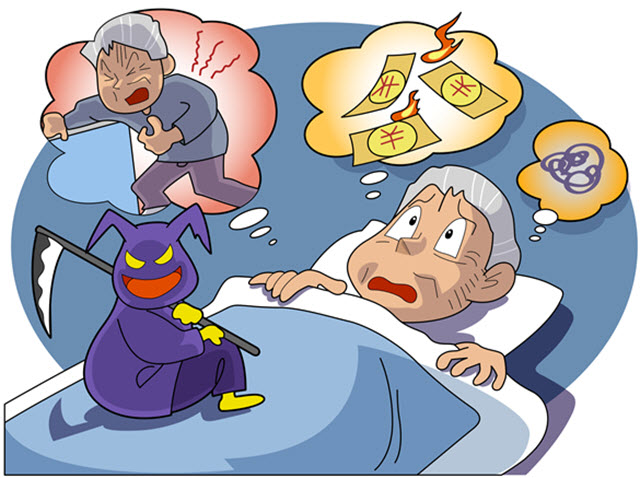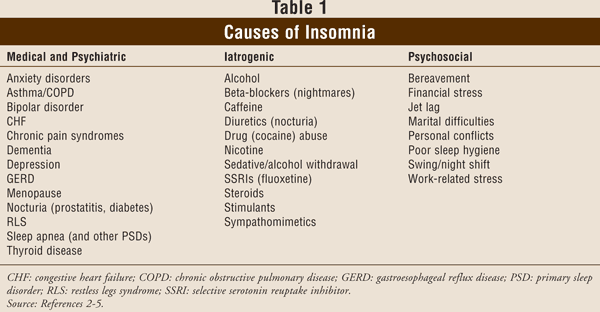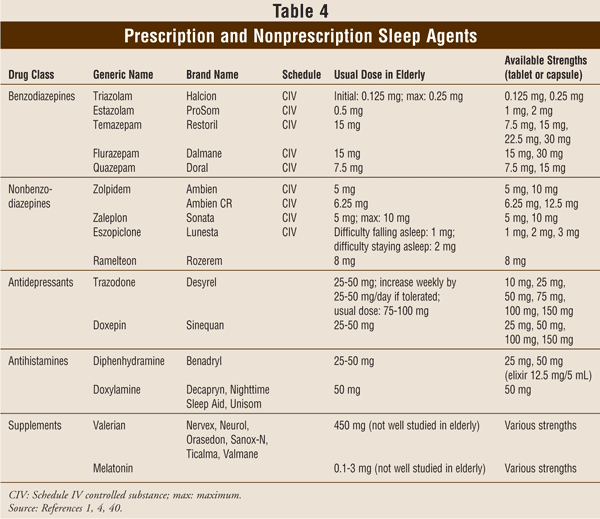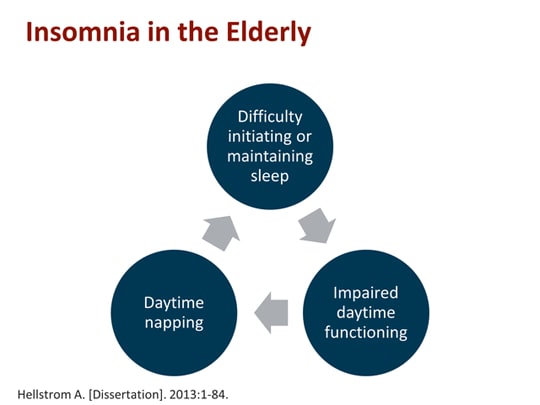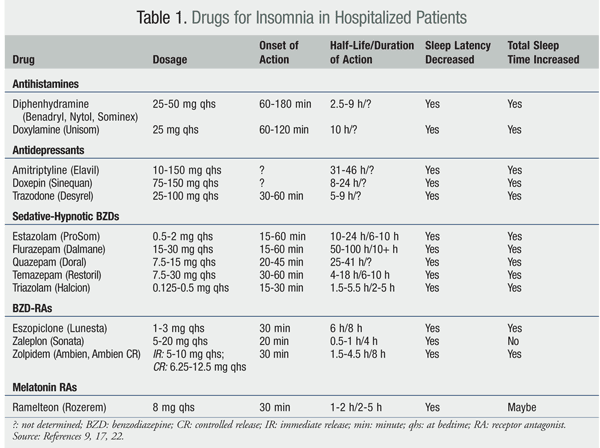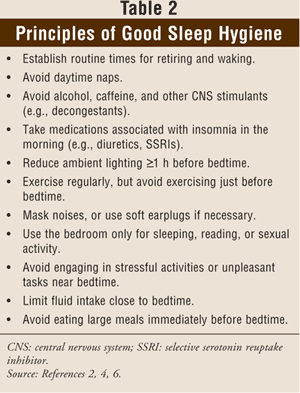Insomnia In Geriatric Patients

Copd asthma or other lung problems.
Insomnia in geriatric patients. Dementia or alzheimer s disease. The drugs are also used to treat other conditions such as anxiety or alcohol withdrawal. Insomnia or the difficulty initiating and remaining asleep occurs in 33 to 50 of the adult population and insomnia accompanied by distress occurs in 10 to 15 of the adult population. Psychiatric disorders distress from acute symptoms of a psychiatric disorder may promote disturbed sleep.
Primary insomniais defined as chronic insomnia without specific underlying medical psychiatric or other sleep disorders such as sleep apnoea depression dementia periodic limb movement disorder or circadian rhythm sleep disorder. A classic example is insomnia in association with major depression. However aging should not be assumed to be the explanation for insomnia. Usually older adults should try nondrug treatments first.
Melatonin in elderly patients with insomnia. Many things can cause insomnia in the elderly. The causes of insomnia in the elderly are divided into 4 groups. According to the american geriatrics society there are safer and better ways to improve sleep or reduce anxiety.
Chronic insomnia affects 57 of the elderly in the united states with impairment of quality of life function and health. Chronic insomnia burdens society with billions of dollars in direct and indirect costs of care. Doctors prescribe the drugs for sleep problems. 103 m multiple factors affect sleep in the elderly including nocturia pain syndromes and many medical disorders eg.
The main modalities in the treatment of insomnia in the elderly are psychological behavioral therapies. 1 7 to better assess and treat insomnia and other sleep wake disturbances it is essential that nps understand the chronobiology of the sleep cycle. Overview of insomnia in the elderly insomnia is defined as dissatisfaction with the quality or quantity of sleep indicated by difficulty falling asleep or difficulty returning to sleep after an awakening and clin ically significant daytime impairment or distress despite adequate opportunities for sleep 1 2 prevalence estimates of. Insomnia remains one of the most common sleep disorders encountered in the geriatric clinic population frequently characterized by the subjective complaint of difficulty falling or maintaining sleep or nonrestorative sleep producing significant daytime symptoms including difficulty concentrating and mood disturbances.
Bladder or prostate problems.
